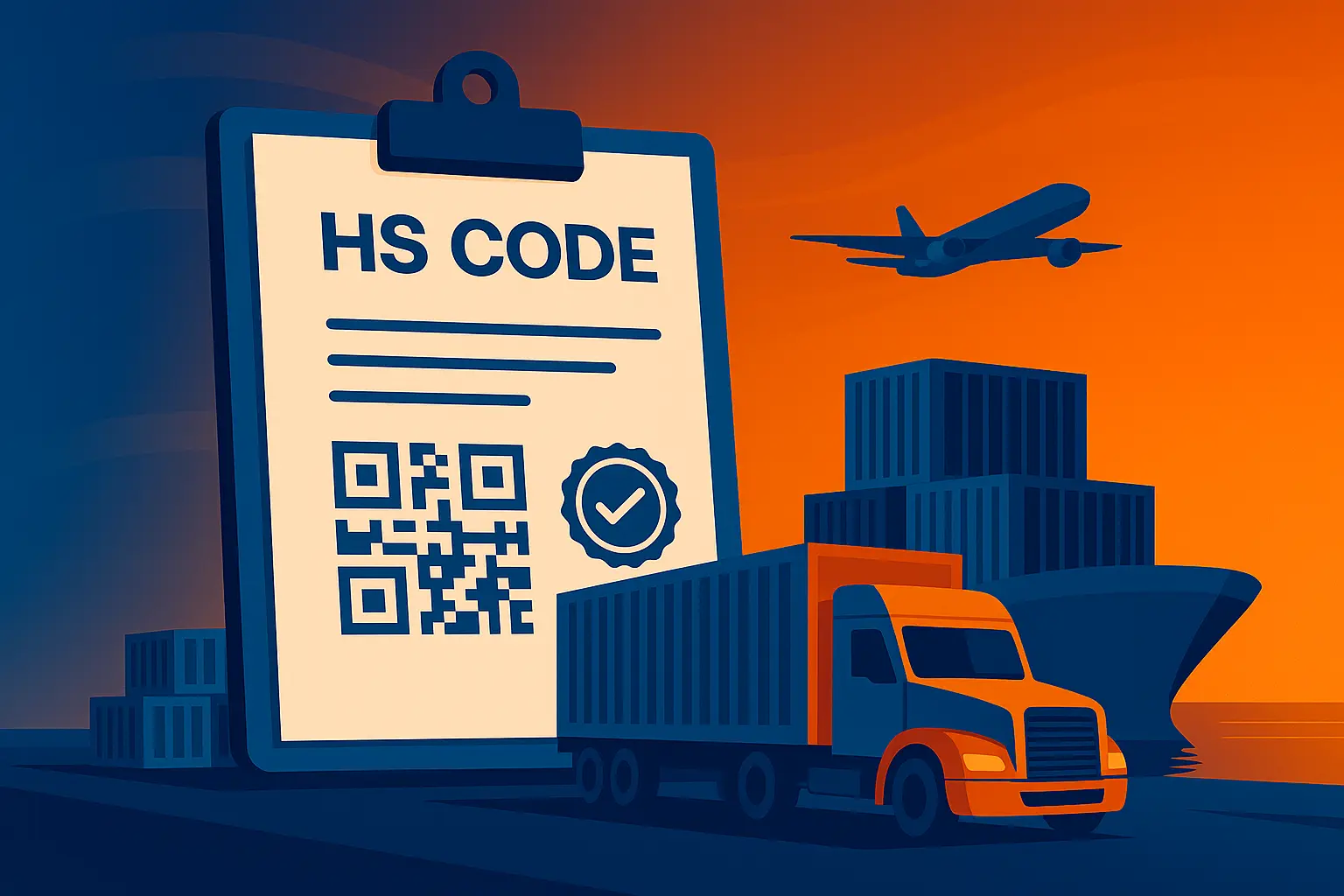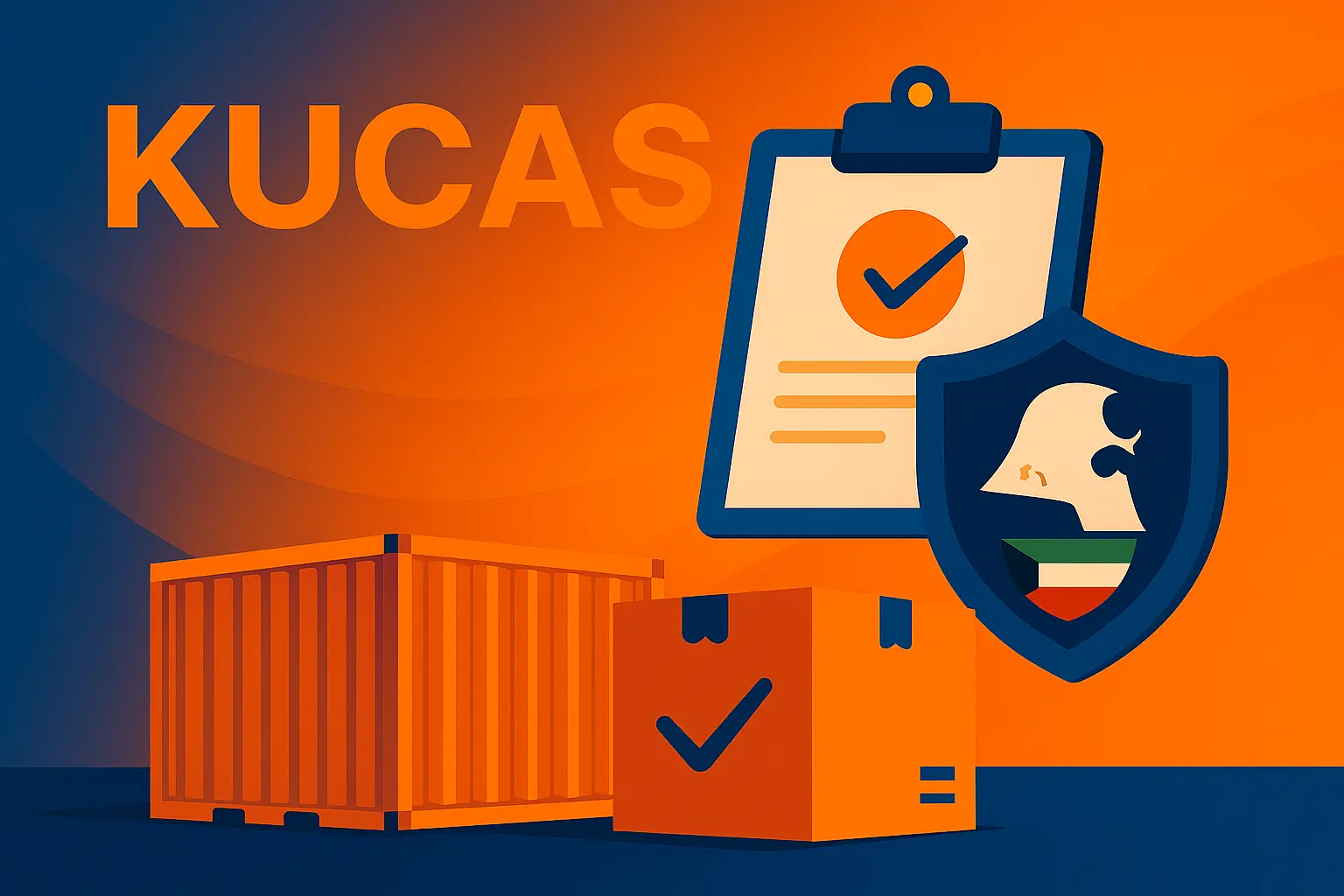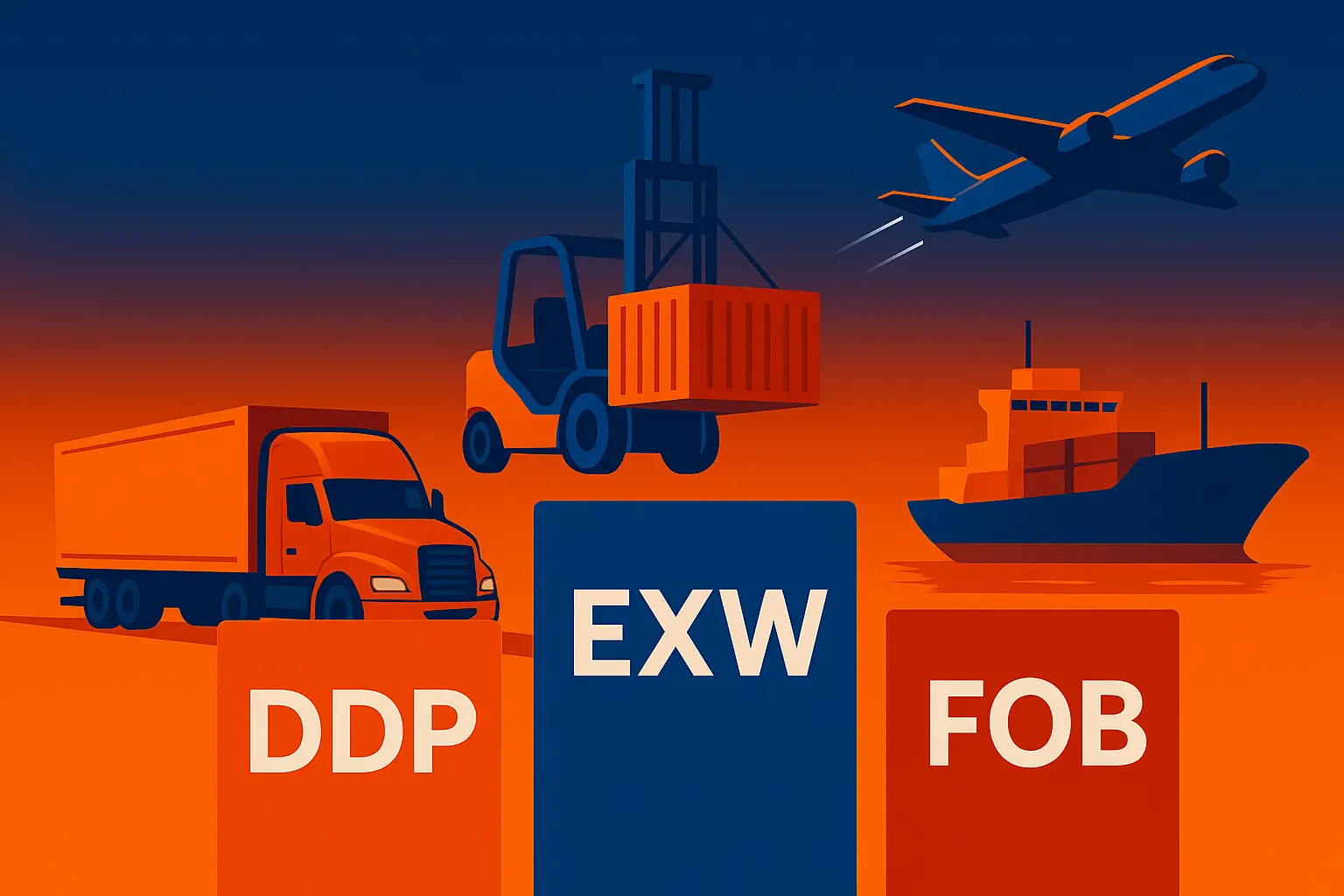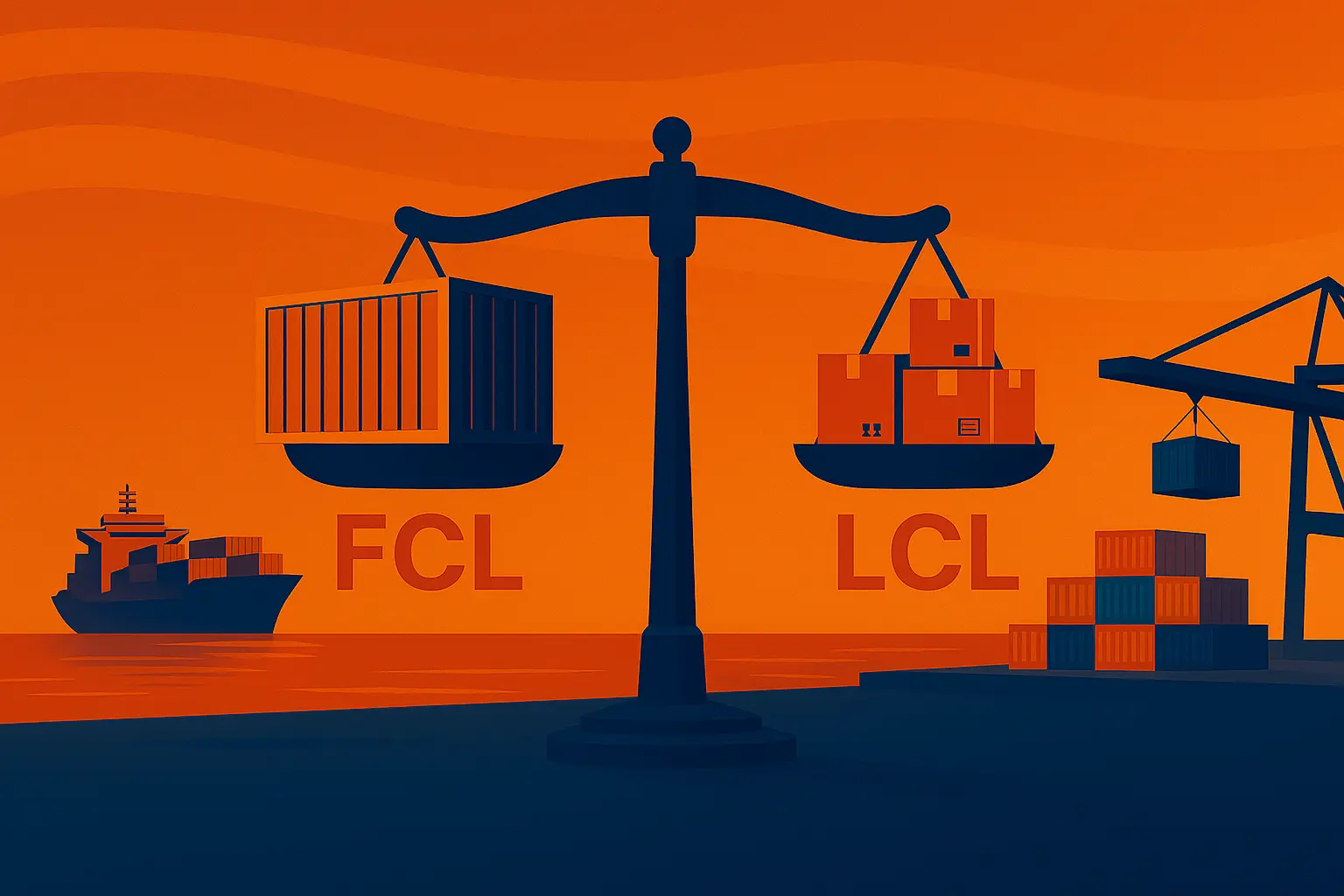Introduction
The Harmonized System code is the shared language of customs worldwide. It classifies goods into defined tariff lines and drives everything that follows: duties and taxes, regulatory requirements, restrictions, and rules of origin. Any mistake may cause delays, penalties, or paying higher duties. This guide explains what the HS Code is, how it is structured, where it is used during customs clearance, and how to choose the correct code with practical steps, examples, and tips.
First: What is the HS Code?
The Harmonized System is a global classification managed by the World Customs Organization. It provides unified names and descriptions for goods in tariff schedules. More than 200 countries and territories adopt it as the base for their tariff, with periodic updates, typically every five years.
Second: Code structure — from 6 to 8/10/12 digits
The first six digits (mandatory internationally):
- Chapter: two digits (e.g., 84 for mechanical machinery).
- Heading: four digits.
- Subheading: six digits.
These six digits are shared globally.
Additional national or regional digits: customs unions or countries (including the Gulf) extend the code to eight, ten, or twelve digits for local duty, statistics, or control needs.
Third: Why HS matters in clearance
- Duties and taxes: the code determines rates.
- Regulatory controls: defines whether an item is restricted or requires conformity or licensing.
- Rules of origin: used to apply preferential agreements when origin criteria are met.
- Statistics: authorities track flows using HS-based data.
Fourth: How HS is used in Kuwait and the Gulf during clearance
- Electronic declaration: the code is entered for each invoice line; the system applies rates and required actions.
- Valuation and inspection: officers verify that descriptions and attachments match the declared code.
- Licensing and conformity: authority systems map their requirements to specific codes.
- Final release: accurate coding reduces reclassification risk and penalties.
Fifth: Classification rules — reaching the correct code
Use the General Rules for the Interpretation of the Harmonized System (GRI) with a practical mindset:
- Start with a precise description: function, material, operating principle, assembly level.
- Choose the closest chapter; then move from heading to subheading while reading chapter and section notes.
- Prefer the more specific description when in doubt.
- For sets or composite goods, classify by the essential character.
- Parts and accessories: classify as parts if clearly for specific machines, otherwise use general headings as notes require.
- If unresolved, apply later GRIs such as similarity, material, or function to reach the closest heading.
Sixth: Sources that help you pick the code
- Local or Gulf unified tariff schedules.
- Section and chapter notes—do not skip them.
- Manufacturer technical literature: catalogues, data sheets, clear images.
- Published classification decisions or precedents where available.
- Consult a customs broker or HS specialist for technical items.
Seventh: Simple examples
- Household electric water pump: Chapter 84; pump headings; then an electrical domestic subheading.
- Mobile phone: Chapter 85; telephone headings; then smartphone-specific subheading.
- Men’s cotton shirt: Chapters 61 or 62 depending on knit or woven; then cotton; then men’s.
- Garden tool set: classify by essential character of the main tool.
Eighth: Writing descriptions that support HS and speed clearance
- Clear item name and function.
- Material or main component.
- Key technical features such as capacity, voltage, dimensions, or model.
- Condition: ready-to-use, parts, or semi-assembled.
- Intended use if it changes classification: industrial, household, medical, and so on.
- Consistency across invoice, packing list, and declaration.
Ninth: HS with Incoterms and valuation — the practical link
Incoterms define who pays what but do not change the HS code. Customs valuation is based on transaction value with adjustments such as freight and insurance according to the rule, while the code determines the rate. Focus on correctness rather than lowering the code to cut duty.
Tenth: Common mistakes and how to avoid them
- Generic wording like "various items" or "accessories"—use technical wording.
- Choosing by brand name rather than function.
- Ignoring section or chapter notes.
- Copying codes from online stores—these are not customs references.
- Changing product specs without updating the code.
- Copying a competitor’s code because it passed once—each shipment is reviewed on its merits.
Eleventh: Pre-shipment checklist
- Collect technical data (catalogue, images, specs).
- Propose a preliminary code and map chapter, heading, subheading.
- Review detailed notes for the chosen chapter and section.
- Check restrictions or licensing tied to the code.
- Estimate duties and taxes for landed cost.
- Align invoice wording with the chosen code.
- Prepare digital files (PDF) for e-submission.
- Agree a fallback plan with the broker if reclassification is requested.
Frequently asked questions
Can one product have more than one code?
Generally no; however, changes in material, function, or assembly level may shift the code. For sets, use the essential character rule.
Can customs change the declared code?
Yes, if the description or inspection does not match. Support your choice with technical documents and images.
Are codes fully unified across countries?
The first six digits are harmonized; national extensions vary and affect rates and requirements.
When should I consult a classification expert?
For technical or composite goods, regulated products, or where duty differences between options are significant.
Supply chain impact
Correct HS selection is a financial and operational decision. It affects duty, release speed, and inspection likelihood. Make classification part of product development and purchasing, not a last-minute step. Describe your item as if explaining it to an engineer and a customs officer at once.
Executive takeaway
The HS Code is the scientific name of your product in the customs world. Understand the 6-digit core plus national extensions, apply GRI with chapter notes, and back your description with technical evidence. Accurate classification lowers risk: faster clearance, predictable costs, and stronger compliance. Make HS review mandatory before every shipment.




